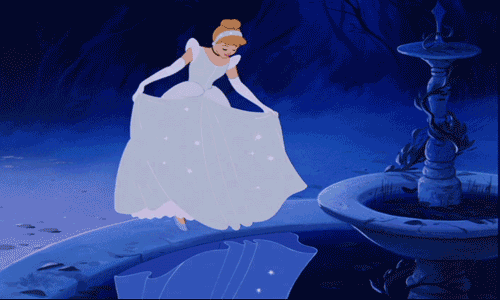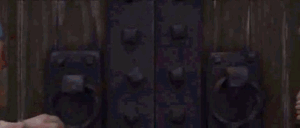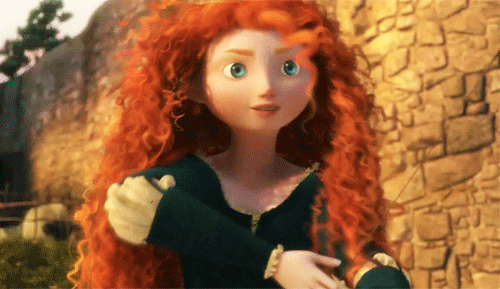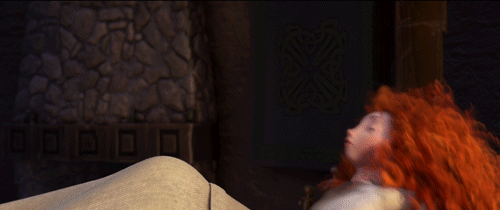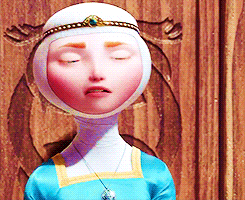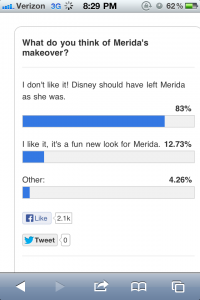https://www.youtube.com/watch?v=hgUxPK0wv9U
Overall I think my TED Talk went pretty well. I was really nervous going into it and had been practicing and worrying about it for days. I was happy to be able to go first and get it out of the way. Being recorded and having the bright lights trained on me was pretty nerve racking, but I was able to get through the presentation pretty well. There was one point where I made a pretty big hiccup but I was able to recover myself quickly which was good. A coupe of other times I stumbled over my words a little because I think I was going to fast. That is one thing I really need to work on in public speaking, whenever I give presentation or speeches, I get nervous and talk to first. Usually, because I am talking to fast is what causes me to mess up because I get all jumbled when I try to speak. I need to take a deep breathe, calm down, and slow down. Watching the video of my TED talk, I think the visuals were good. They were engaging and were related to the topics I was discussing. I definitely should have stood to the left a little more because I was to far over in the recording. I think I did a pretty decent job with eye contact with the audience, there was a couple times I looked back at my power point to make sure my picture corresponded with what I was saying. I had some good hand gestures, but other times I didn’t really make any gestures. So I think I should work on that because gestures can make it more engaging. I was so relieved when it was over I had been working on it for a long time so it felt good to finally present it. Overall I think it was a good TED talk, there are still many things I need to work on, but there is always room for improvement. In general, I don’t think giving the TED talk was as bad as I thought it would be. I think it also made it easier because I presented to an all girl crowd. Glad the TED talk is over, but it was still fun to talk about princesses!
